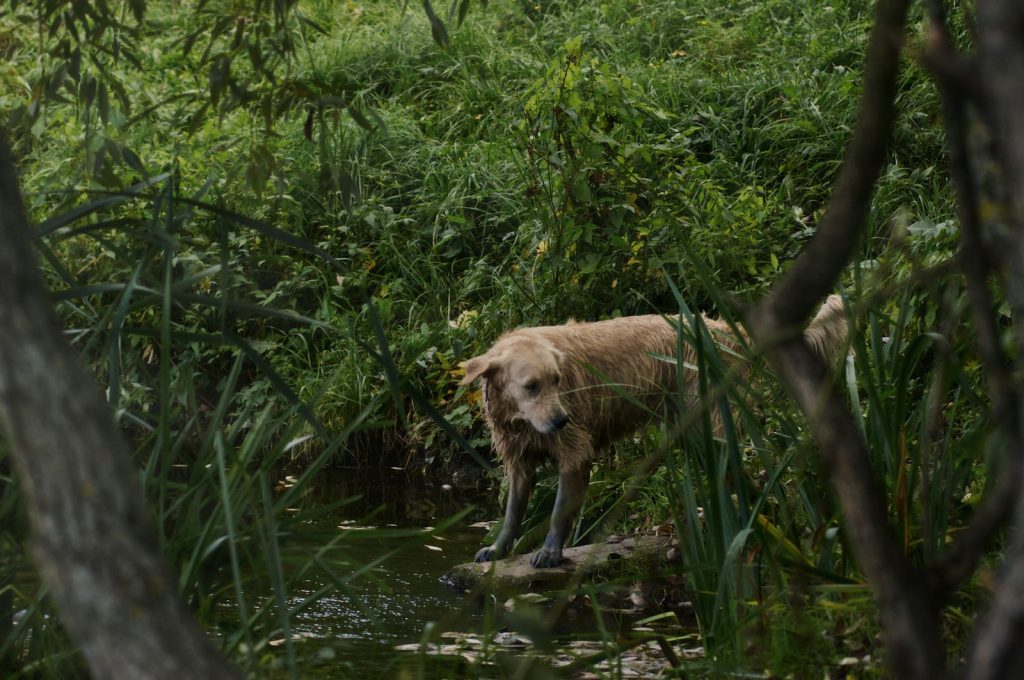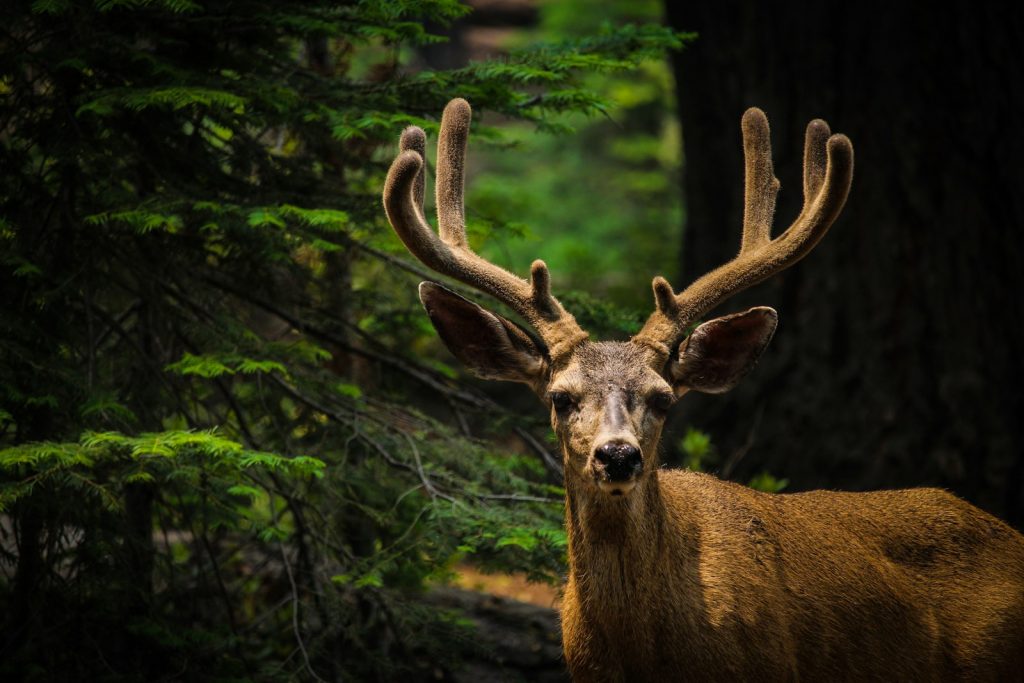Meet the Bodyguards of Our Waterways
In Washington, water is everything. Our identity is tied to the movement of our streams, rivers, and the life they sustain, especially the iconic Pacific salmon and trout. If you want to protect our streams, you need to know their bodyguard: the riparian buffer.
The riparian buffer is simply the strip of trees, shrubs, and grasses that grows along a stream’s edge. This isn’t just decoration; it’s a powerhouse of ecological services. They are the ultimate insurance policy for clean water and healthy aquatic life. This post is about understanding the science behind these green zones and how we can work together with landowners to restore them across the state.
The Science Story: Why the Shade and Roots Matter
A healthy buffer performs several indispensable functions:
- Temperature Control (The Shade Factor): Salmon and trout rely on cold water. In the summer, a stream without shade can heat up fast, becoming lethal. The leafy canopy of a riparian buffer acts as a natural sun umbrella, keeping the water cool and oxygenated—a matter of life and death for fish.
- Bank Stability (The Root System): The dense, interwoven network of roots acts like nature’s rebar, physically holding the soil together. This prevents bank erosion, keeping soil out of the water (where it can smother fish eggs) and maintaining the stream’s natural shape.
- The Food Web: Leaves, twigs, and insects that fall from the trees into the water become the base of the aquatic food web. A vibrant buffer is an all-you-can-eat buffet for the stream’s ecosystem.
Designing a Buffer: Planting for Protection
Restoring a buffer means replacing invasive, shallow-rooted species with a diverse community of local, native plants.
- The Mix is the Magic: Plant different layers: tall trees like alder and cedar for long-term shade, medium shrubs like willow and dogwood for stability and insect food, and low grasses and sedges right at the water’s edge for immediate bank protection.
- Focus on the Toe: The “toe” is the very bottom of the bank, right where it meets the water. This is the most vulnerable spot for erosion. Often, the best solution here is “bioengineering,” like weaving live willow cuttings into the bank, which take root and become permanent, living stabilizers. Avoid using too much rock, which can eliminate crucial wildlife habitat.
- Maintenance is Commitment: A newly planted buffer is fragile. It requires consistent care—weeding out invasive species that will try to compete with the seedlings, and in dry years, maybe even a little watering to ensure the new roots get established.
The Human Element: Collaborating with Landowners
The biggest hurdle in restoration isn’t the science; it’s often the collaboration. Much of Washington’s prime riparian land is privately owned. Our goal is to protect the streams, and that requires respect and patience for the person who owns the land.
- Lead with Benefits, Not Blame: Approach landowners with the simple, powerful benefits: cleaner water for everyone, reduced erosion, and a beautiful, diverse property.
- Be Flexible: Understand their practical needs. Sometimes, this means installing a wildlife-friendly fence to keep livestock away from the vulnerable banks before planting begins. When we listen to their concerns, we turn a potential opponent into a powerful partner for conservation.
The Future Is Green and Flowing
Riparian buffers are more than just trees by a creek; they are the heart of watershed health. By applying sound science, prioritizing native species, and engaging in respectful, collaborative work with landowners, we can ensure that Washington’s streams remain cold, clean, and teeming with life for all of us, and for the life that depends on them.


